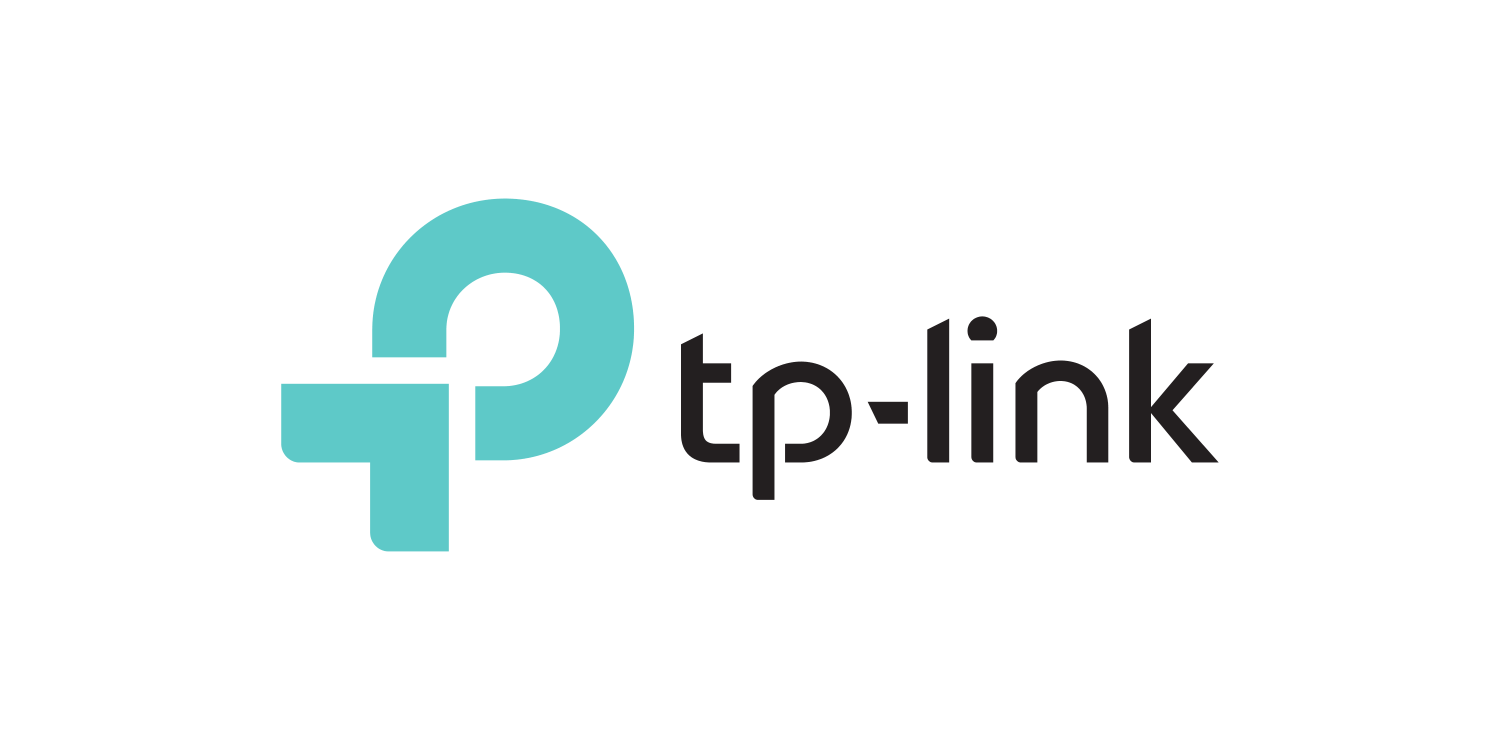IPv6—Enough IP Addresses to Cover Every Grain of Sand

What is IPv6?
Even without already knowing the meaning, IPv4 and IPv6 may look sort of familiar to you. After all, you can always see it in the Network and Internet settings of your PC

Just as the name implies, IPv6 (short for Internet Protocol version 6) is the latest version of the network layer protocol. So, you might be wondering: what does this protocol actually do?
Everything online relies on data transmissions, and each data transmission should follow a protocol, otherwise it would be a mess. Thus, IP addresses, a concept from internet protocol, are very necessary. Your internet device needs an IP address (imagine your real-world home address) to receive data packets (think of these as your physical mail).
How does IPv6 differ from the older version—IPv4?
The history of IPv4 dates back to 30 years ago. In the beginning, it was designed only for the US Army and never considered the huge number of netizens in the future.
Compared with IPv4, one of the most notable features of IPv6 is the expansion of IP addresses. Nowadays, there are more than 7 billion people in the world, most of which are netizens. However, how many IP addresses can IPv4 provide?
The rules of IPv4 address
The structure of IPv4 addresses is “A.B.C.D” with four numbers in them. The value of each number is 0-255, that is to say, 256 numbers. Numbers are grouped in various ways to designate different IP addresses. It’s easy to calculate the total number of IP addresses that IPv4 can provide:
(256)4 = (28)4 = 232 ≈ 4.29 billion
If represented in binary form, an IPv4 IP address would require 32 digits.
Since there is such a large population, and one user always has several devices accessing the internet, the IP addresses of IPv4 has run dry for the most part. Therefore, we need a new version of IP protocol for more addresses.
The rules of IPv6 address
IPv6 IP address has a 128-digit binary form, which provides a colossal amount of IP addresses. You could say we can even assign an IP address for every grain of sand in the world. It’s that big of a number.
To make IP addresses shorter, IPv6 is usually represented by hexadecimal form with 32 digits.
2128 = (24)32 = (16)32
The 32 digits are divided into eight groups, with 4 digits in a group. The following is a legal example of an IPv6 address.
E.g. 2001:0db8:86a3:08d3:1319:8a2e:0370:7344
- As the IPv6 address is still a long digital string, there are some rules to simplify the address.
- The leading zero of each digit can be omitted, and if the leading digit after the omission is still 0, then continue. For example:
2001:0DBB:02de:0000:0000:0000:0000:0e13
2001:DB8:2de:0000:0000:0000:0000:e13
2001:DB8:2de:000:000:000:000:e13
2001:DB8:2de:00:00:00:00:e13
2001:DB8:2de:0:0:0:0:e13
- A double colon "::" can be used to represent a group of zeros or multiple consecutive groups of zeros, but only once.
2001:DB8:2de:0:0:0:0:e13
2001:DB8:2de::e13
- The reason why it is illegal when double colon appears twice is that, it may be one of the following situations, making it impossible to infer.
2001:0000:0000:0000:0000:25de:0000:cade
2001:0000:0000:0000:25de:0000: 0000:cade
2001:0000:0000:25de:0000: 0000: 0000:cade
2001:0000:25de:0000: 0000: 0000: 0000:cade
I think you now have a basic understanding of IPv6. You’re welcome to discuss in the comment area or the community if you have any insights or questions.
By the way, with IPv6 becoming more and more prevalent, TP-Link is ready for the new protocol!
